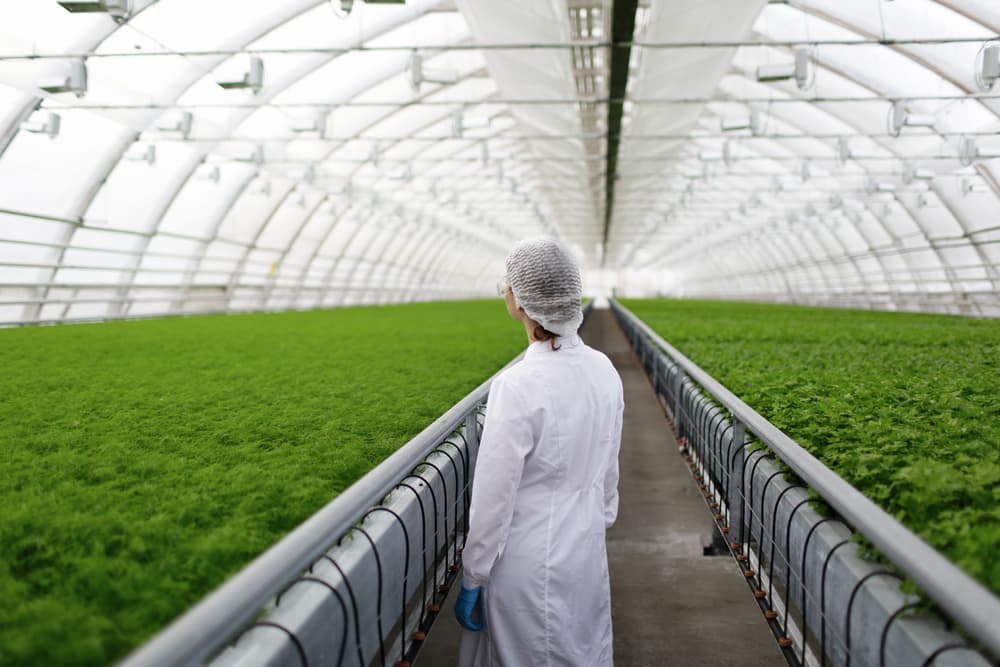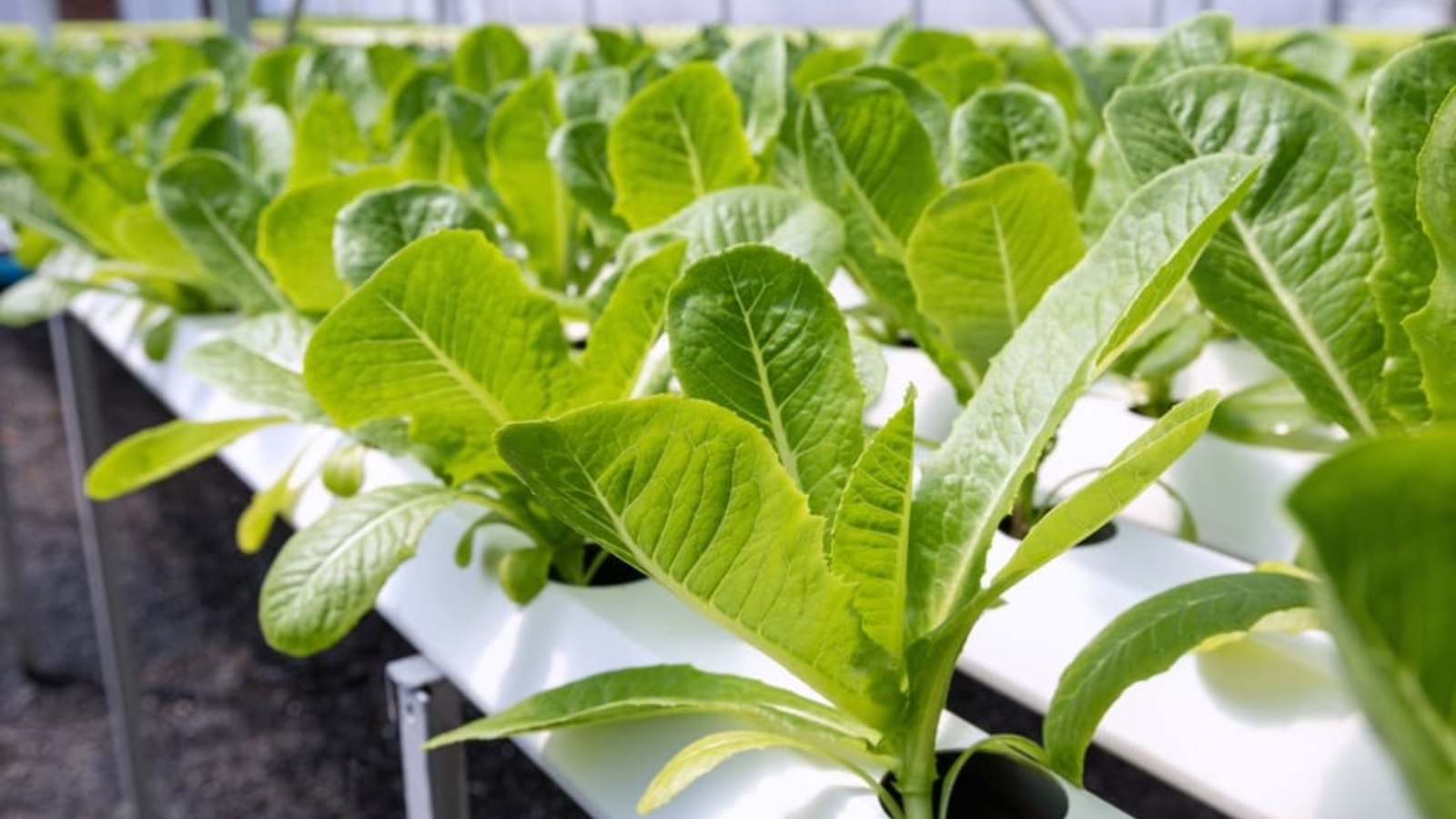Controlled Environment Agriculture (CEA) is the practice of growing crops in a protected environment. Usually indoors or in greenhouses, and controlling factors such as temperature, humidity, lighting, and nutrient levels to optimize growth. In CEA systems, plants grow in optimal conditions year-round, resulting in higher yields with fewer resources.
CEA allows farmers to produce more food in a shorter time while reducing the risk of pests and disease. We will explain why CEA is important, what aspects of the environment can be controlled, and how it works.
How Does It Work?

CEA systems are designed to improve the growing conditions of the crops. They create the ideal environment for crop cultivation and reduce the risk of disease and pest invasion. Crops can be grown hydroponically or aeroponically when utilizing indoor lighting.
Roots bask in nutrient-rich water in hydroponic systems. With aeroponics, root structures are delicately misted with a combination of both water and nutrients.
Here is a quick overview of what controlled environment agriculture (CEA) entails:
1. The controlled environment is created using sensors, controllers, and other technology to monitor and regulate the various elements inside the facility.
2. Lighting provides energy for photosynthesis and controls photoperiods and plant growth cycles.
3. Temperature, humidity, ventilation, carbon dioxide, and nutrient levels are monitored and adjusted to maximize plant growth.
4. Crops can be grown in containers filled with soilless media or hydroponically in nutrient-rich water.
5. Integrated pest management (IPM) techniques achieve pest and disease control.
6. Harvested crops can be stored in controlled-temperature rooms or cold storage facilities to maintain optimum freshness.
Why Is Controlled Environment Agriculture Important?

Controlled environment agriculture is important for several reasons. Crops are able to be cultivated year-round in optimal environments by farmers, reducing the risk of pests and disease. This increases yields with fewer inputs.
CEA can produce local fresh food in urban areas and extend the growing season while minimizing environmental impacts. Additionally, CEA systems can reduce the amount of water and other inputs required for crop cultivation. This makes it a more sustainable form of agriculture.
CEA is an important tool for modern farmers looking to maximize yields and produce high-quality crops in a controlled environment. When used properly, it can be used to generate higher profits and minimize losses due to pests, disease, and environmental stress.
What Aspects Can You Control in Controlled Environment Agriculture?

There are various aspects that you can control by using a controlled environment agriculture system. These include:
Lighting
Lighting supplements what would be available from the sun and controls photoperiods and plant growth cycles. The type, intensity, and duration of lighting used will depend on what crops are being grown and what time of year.
Plant growth, flowering, and taste can all be controlled by altering the light spectrum used at various growth stages.
Temperature
Temperature directly affects the rate of photosynthesis and should be monitored closely to ensure optimal growth.
Humidity
Humidity levels should be kept within a certain range to ensure the plants do not experience excessive stress. Also, certain types of pests thrive in high humidity, so the levels need to be monitored closely.
Traditional farming practice using general watering to irrigate plants uses more water than required for a CEA operation. This is an important fact to highlight.
Ventilation
CEA systems are designed to ensure adequate air circulation, which helps to keep temperature and humidity levels in check.
Plants require carbon dioxide for photosynthesis, so it is important to maintain optimal CO2 levels. Carbon dioxide can be added artificially if necessary.
Nutrients
It is important to monitor and adjust the nutrients in the soil and water. It will affect the growth rate and health of the plants.
Pest Control
Integrated pest management (IPM) techniques should be used to prevent pests from invading the facility. Pest control is vital to ensure high-quality crops.
Storage
After harvest, the crops can be stored in controlled-temperature rooms or a cold storage facility to maintain optimum freshness.
CEA provides modern farmers with a way to maximize yields and produce high-quality crops in a controlled environment. The Bract & Pistil team can review your cultivation business plan and provide advice based on our years of CEA experience.
Advising for Controlled Environment Agriculture Companies
Controlled environment agriculture is an important tool for modern farmers looking to maximize their profits. By using sophisticated technology, CEA systems can create the ideal crop-growing environment. With the right technology and know-how, it can generate higher yields and minimize losses due to pests.
The Bract & Pistil team is well-versed in the CEA industry and can provide valuable advice to help your cultivation business plan succeed. We will review your project and give you our insight and advice based on our years of experience for you to achieve optimal growing conditions for your crops.
We can help break down this complex industry to help prepare your company and team for future success. Contact us today to learn how we can help you succeed in the CEA industry.

